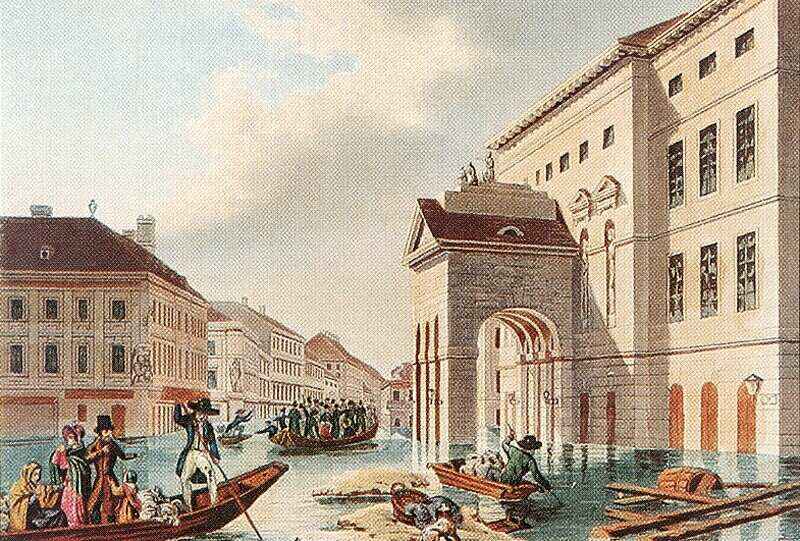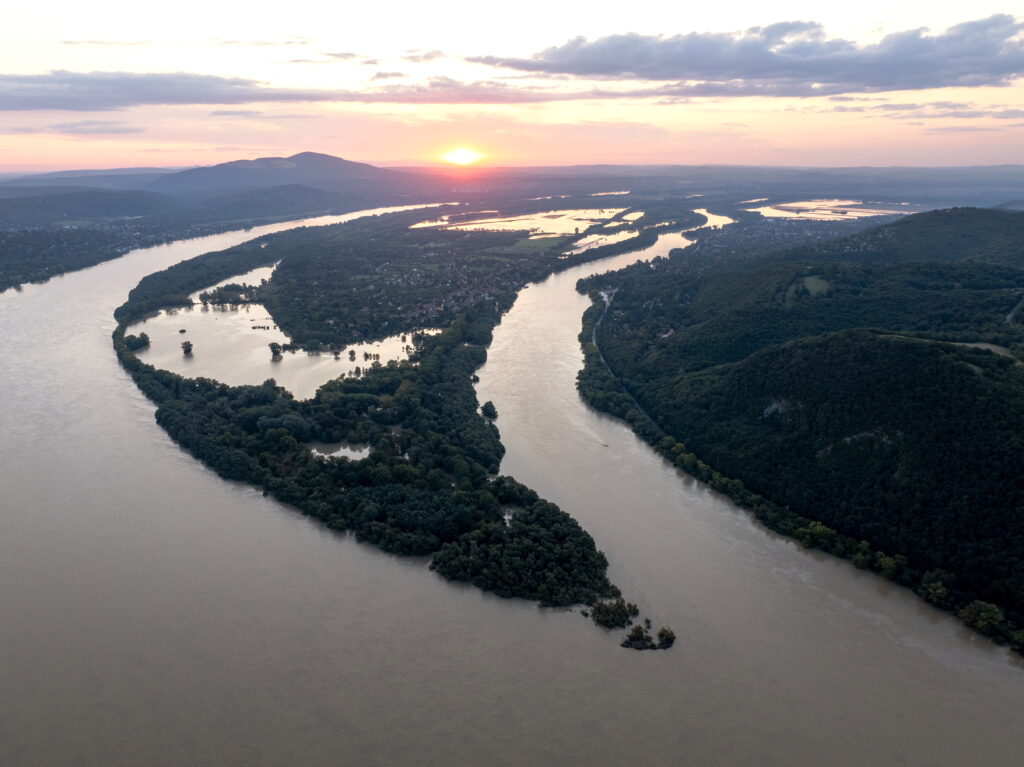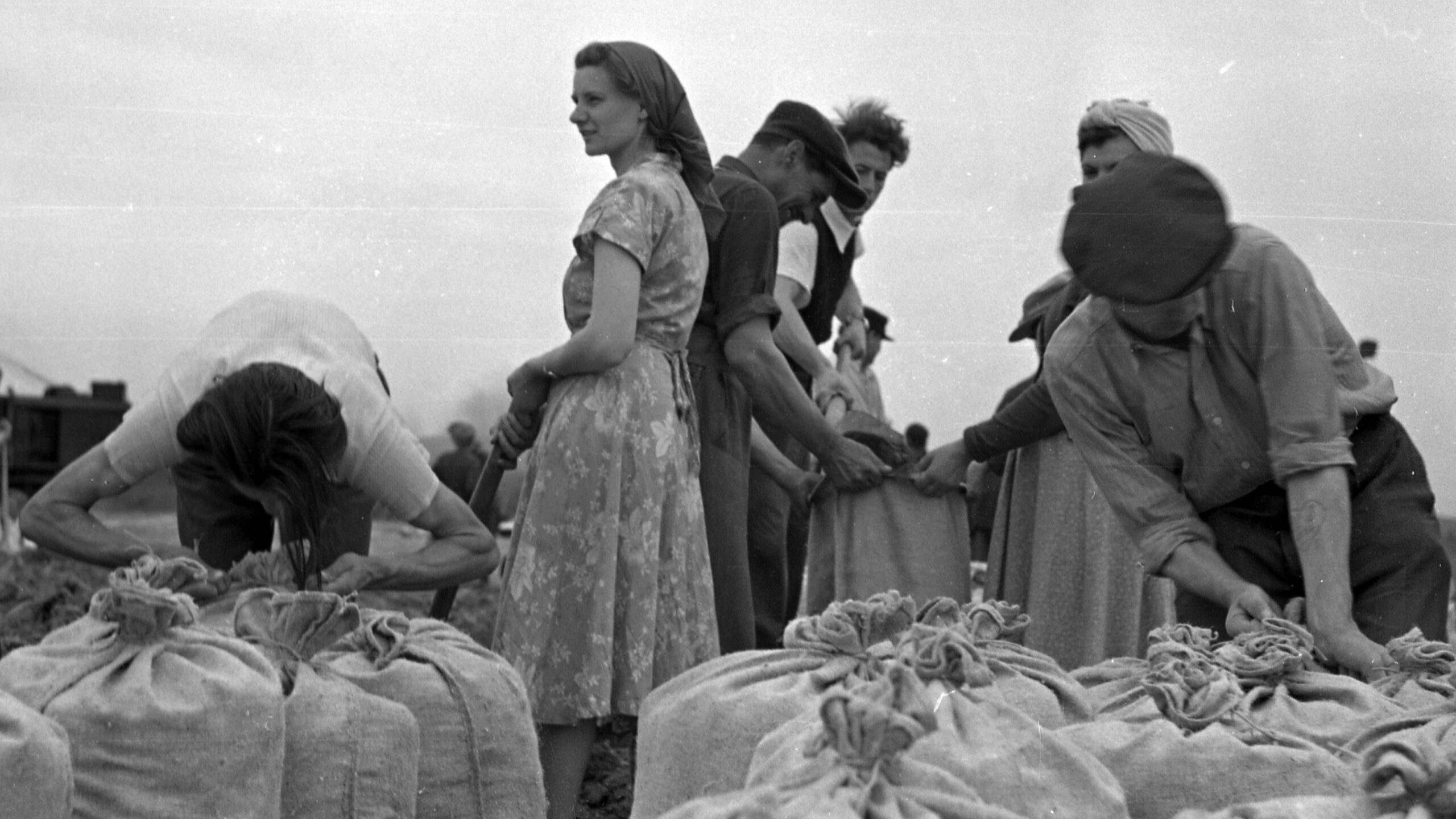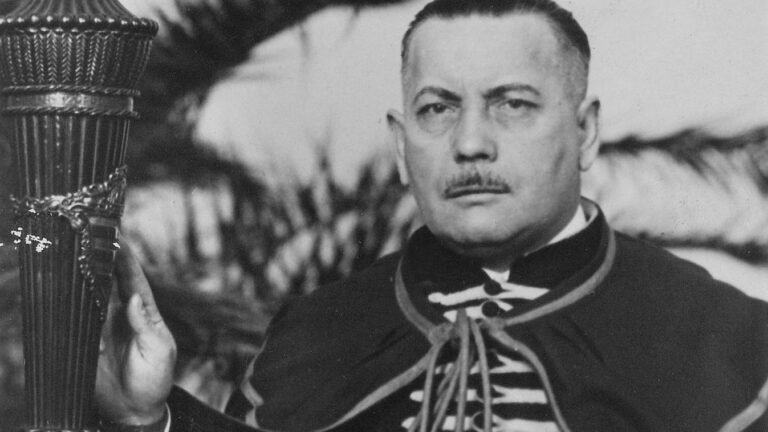Over the last couple of days Hungarian domestic politics was all about the country’s preparation for the coming flood that is now reaching Budapest, with the Danube expected to peak tomorrow. The natural disaster that has already led to tragic deaths in the Central European region is the largest flood in decades to has hit Hungary. Budapest as well as other Hungarian cities on the bank of the Danube are well prepared to weather the storm—it is not only thanks to the thousands of volunteers who have been tirelessly working on flood defence in the last couple of days, but also due the extensive experience of floods in the past centuries that raised societal awareness about the need of flood control.
Over the centuries Budapest was affected by a series of disastrous floods that in the past used to claim many lives. Albeit the city, and especially the Pest side of it, was inundated in 1809, 1810 and 1830 as well, the flood the memory of which is the most vivid is that of 1838. The 1838 flood was caused in part by melting ice from the land but also by the ice formed on the river itself that blocked the flow of water. Although the military of the time tried to address the issue by firing cannon balls into the river to break up the river’s ice, the attempt to prevent catastrophe did not prove to be sufficient. On 13 March the water broke through the temporary flood barriers built to protect the city, leading to the most tragic flood in the history of Budapest. The water level rose to 929 centimetres, which was one and a half times higher than any floods recorded before. According to historical records, in parts of Ferencváros, the 9th district, water levels reached 2.6 metres. In the flooding which lasted for five days until 18 March over 2,200 buildings collapsed, about 50 thousand people lost their homes, and 153 people died. The main building of the Ludovika Academy, established to train cadets, is remembered even today for serving as one the main shelters for the displaced in the days after the flood.
‘The 1838 flood was a tragedy that brought the country together’
The 1838 flood, commemorated by many memorial plaques and water level signs in the centre of the city, was not only a natural disaster but a tragedy that brought the country together. The heroism of Baron Miklós Wesselényi (1796–1850) for instance is kept in high regard to this day. The young baron gained national recognition for rowing around the flooded city rescuing people. His boat was equally open to the poor and the rich survivors of the flood; many were pulled from the water, others were save from rooftops. The legend of Wesselényi’ has been immortalized in Mihály Vörösmarty’s poem ‘Árvízi hajós’, meaning Boatman of the Flood. His selfless act stood out at the time especially as some used the tragedy for personal gain, rescuing only those who offered money for a place in the boat. By contrast, the brave nobleman not only saved anyone in need but also waged war against these bandits by toppling their boats.

Another renowned figure who emerged as a hero in the post-flood reconstruction was world-famous Hungarian composer Ferenc Liszt. Deeply shaken by the tragedy but committed to helping the displaced individuals who lost everything in the flood, Liszt swiftly travelled to Vienna to organize charity concerts to then support the displaced residents of the city with the help of the concert revenues. Ferenc Liszt held eight charity concerts, collecting 24 thousand forints, which was a huge sum at the time.

The 1838 flood also led to changes in public policy. Flood protection became a major part of urban planning. Flood defence walls were built, and the quality requirements for building materials were made stricter, with standards for wall thickness and ceiling heights set by the authorities. Houses constructed from inferior materials (such as loam) could be built only outside the flooded areas of the city from then on. Albeit large floods reached the city in 1850 and 1876, too, thanks to the previous measures the capital resisted well. After the 1876 flood defence walls were raised by an extra 62 centimetres; to a large extent, it was these flood prevention measures that protected the city in 1954 when the water level reached an extraordinary height of 845 centimetres.
‘Responding to the extraordinary situation, Prime Minister Viktor Orbán has postponed all his international visits’
Since 1989 Budapest has lived through two major floods: one in 2002 (with the flood peaking at 848 centimetres) and one in 2013 (891 centimetres). Today, Budapest is preparing for its third major flood since the system change, but thankfully this year’s flood is unlikely to reach the levels seen in 2013.
In 2013, when unprecedented high-water levels were recorded not only in Budapest but also in other cities on the bank of the Danube, Prime Minister Viktor Orbán mobilized 8,000 soldiers and thousands of other personnel to build temporary flood barriers. Joining in the collective effort to save the capital and other cities was then President of the Republic János Áder, who helped distribute food to the volunteers. In 2013 1.5 million flood bags and 12 cubic metres of sand were deployed to protect Budapest.
This year since the past weekend government officials as well as members of the opposition have been focused on the effort to protect the country from the flood. Responding to the extraordinary situation, Prime Minister Viktor Orbán postponed all his international visits, including his speech at the European Parliament where he was expected to debate leader of the Hungarian opposition Péter Magyar, who will not attend the plenary in Strasbourg either, himself also contributing to the flood prevention efforts. Prime Minister Viktor Orbán was supposed to present the programme of the Hungarian rotating presidency to the EP. Else than his scheduled EP appearance, Orbán also cancelled his visits to the Vatican and to New York, where Péter Szijjártó will represent Hungary in the UN.







